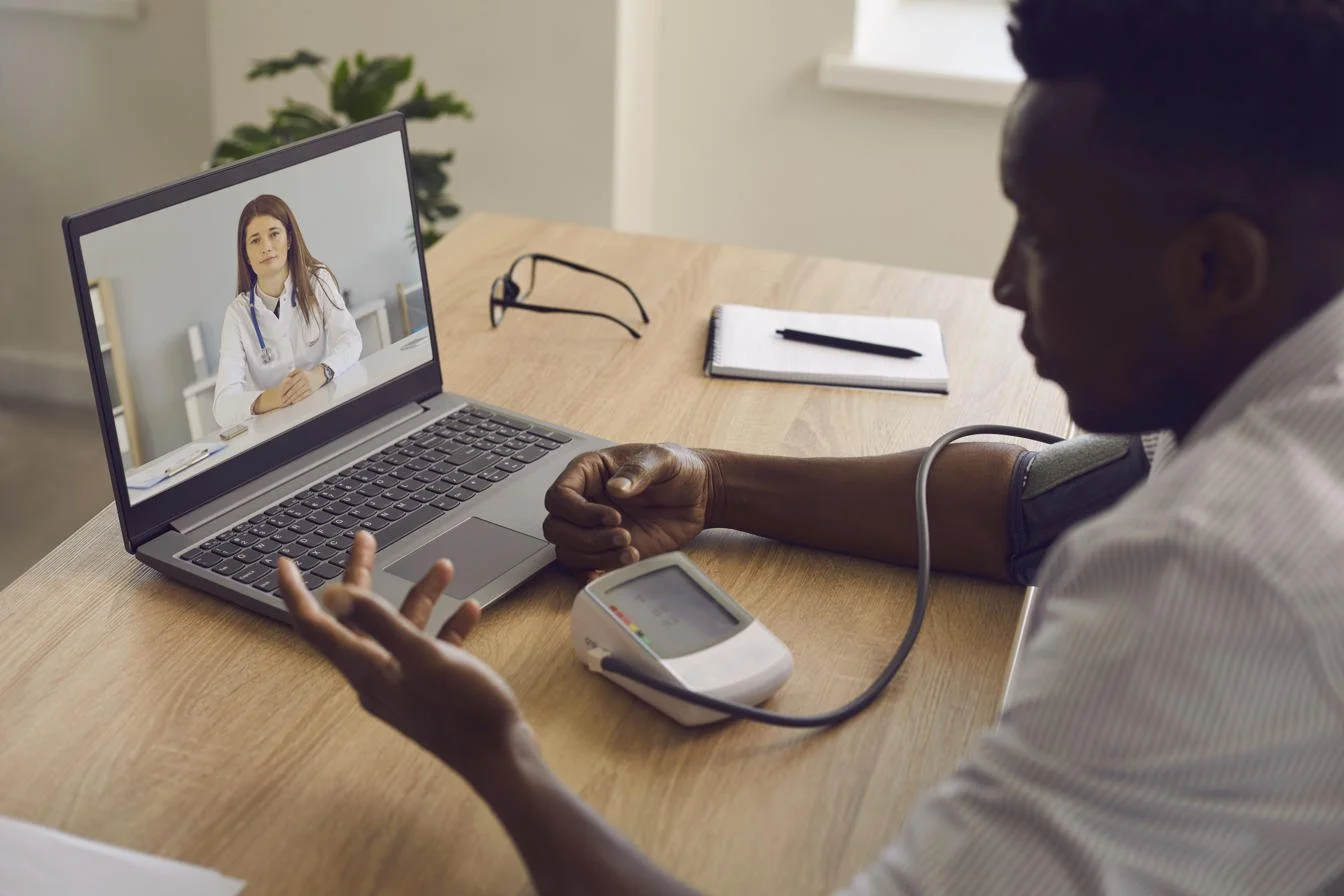Understanding Patient Remote Monitoring
Patient remote monitoring (PRM) is a transformative healthcare technology that allows continuous tracking of a patient’s health status outside traditional clinical settings. This approach is particularly beneficial for individuals living with chronic diseases such as diabetes, hypertension, heart disease, and chronic respiratory conditions. Patient remote monitoring uses devices like wearable sensors, mobile apps, and connected medical devices to collect real-time health data, which is then analyzed by healthcare professionals to provide timely interventions.
The Benefits of Patient Remote Monitoring for Chronic Disease Management
Patient remote monitoring offers numerous advantages for managing chronic diseases effectively. One of the primary benefits is the early detection of health complications. By continuously monitoring vital signs, patient remote monitoring can alert both patients and healthcare providers to abnormal trends before they escalate into emergencies. This proactive approach reduces hospital admissions and improves patient outcomes.
Another key benefit of patient remote monitoring is enhanced patient engagement. Patients can track their own health metrics, receive feedback, and adjust lifestyle choices accordingly. This empowerment fosters a sense of responsibility and encourages adherence to treatment plans, which is crucial for chronic disease management.
Reducing Healthcare Costs with Patient Remote Monitoring
Healthcare costs associated with chronic diseases are substantial, often due to frequent hospital visits and emergency care. Patient remote monitoring helps reduce these expenses by minimizing unnecessary hospitalizations. Continuous monitoring ensures that any deterioration in a patient’s condition is detected early, allowing timely intervention that prevents costly complications. Moreover, patient remote monitoring enables healthcare providers to allocate resources more efficiently, focusing attention on patients who need immediate care.
Enhancing Communication Between Patients and Providers
Patient remote monitoring strengthens the communication link between patients and healthcare providers. Real-time data sharing allows physicians to monitor disease progression remotely and make informed decisions without requiring frequent in-person visits. This constant communication ensures that treatment plans are adjusted promptly and accurately. Additionally, patient remote monitoring facilitates remote consultations, which is particularly valuable for patients in rural or underserved areas.
Improving Medication Adherence Through Patient Remote Monitoring
One of the challenges in chronic disease management is ensuring that patients follow their prescribed medication regimens. Patient remote monitoring can include medication tracking features that remind patients to take their medications and alert providers if doses are missed. This functionality improves medication adherence, leading to better disease control and reduced risk of complications.
Leveraging Data Analytics in Patient Remote Monitoring
Patient remote monitoring systems generate a wealth of health data that can be analyzed to identify patterns and trends in disease progression. By leveraging advanced data analytics, healthcare providers can create personalized treatment plans tailored to each patient’s unique needs. Predictive analytics within patient remote monitoring can forecast potential health risks and enable preventive measures, further enhancing chronic disease management.
Supporting Lifestyle Changes with Patient Remote Monitoring
Chronic disease management often requires lifestyle modifications such as diet, exercise, and stress management. Patient remote monitoring provides continuous feedback on how these changes affect health outcomes. For example, wearable devices can track physical activity, heart rate, and sleep patterns, helping patients understand the impact of their daily habits. This insight motivates patients to maintain healthier behaviors, complementing medical treatment and improving overall disease management.
Ensuring Patient Safety with Remote Monitoring
Patient safety is a critical aspect of chronic disease care. Patient remote monitoring systems can alert healthcare teams to potentially dangerous changes in vital signs, allowing rapid response and reducing the risk of severe complications. For high-risk patients, continuous monitoring ensures that any emergency situations are addressed immediately, providing peace of mind for both patients and their families.
Challenges and Considerations in Implementing Patient Remote Monitoring
While patient remote monitoring offers significant benefits, there are challenges that need to be addressed. Privacy and data security are paramount, as sensitive health information is transmitted electronically. Healthcare providers must ensure compliance with regulations such as HIPAA to protect patient data. Additionally, patient remote monitoring requires patients to be comfortable with technology and capable of using monitoring devices correctly. Proper training and support are essential for successful implementation.
The Future of Chronic Disease Management with Patient Remote Monitoring
The future of chronic disease management is closely tied to the adoption of patient remote monitoring. Advances in wearable technology, artificial intelligence, and telemedicine will make patient remote monitoring more accurate, efficient, and accessible. As more healthcare providers integrate these systems, patients will experience improved disease control, fewer hospitalizations, and a higher quality of life.
Patient remote monitoring represents a shift from reactive to proactive healthcare. By continuously tracking patient health, providing timely interventions, and encouraging patient engagement, patient remote monitoring significantly enhances the management of chronic diseases. Healthcare systems that embrace patient remote monitoring will not only improve patient outcomes but also achieve greater efficiency and cost savings.
Patient remote monitoring is no longer a futuristic concept; it is a practical and essential tool for modern chronic disease management. By harnessing technology to monitor, analyze, and support patient health, healthcare providers can ensure that patients receive the best possible care anytime and anywhere.



